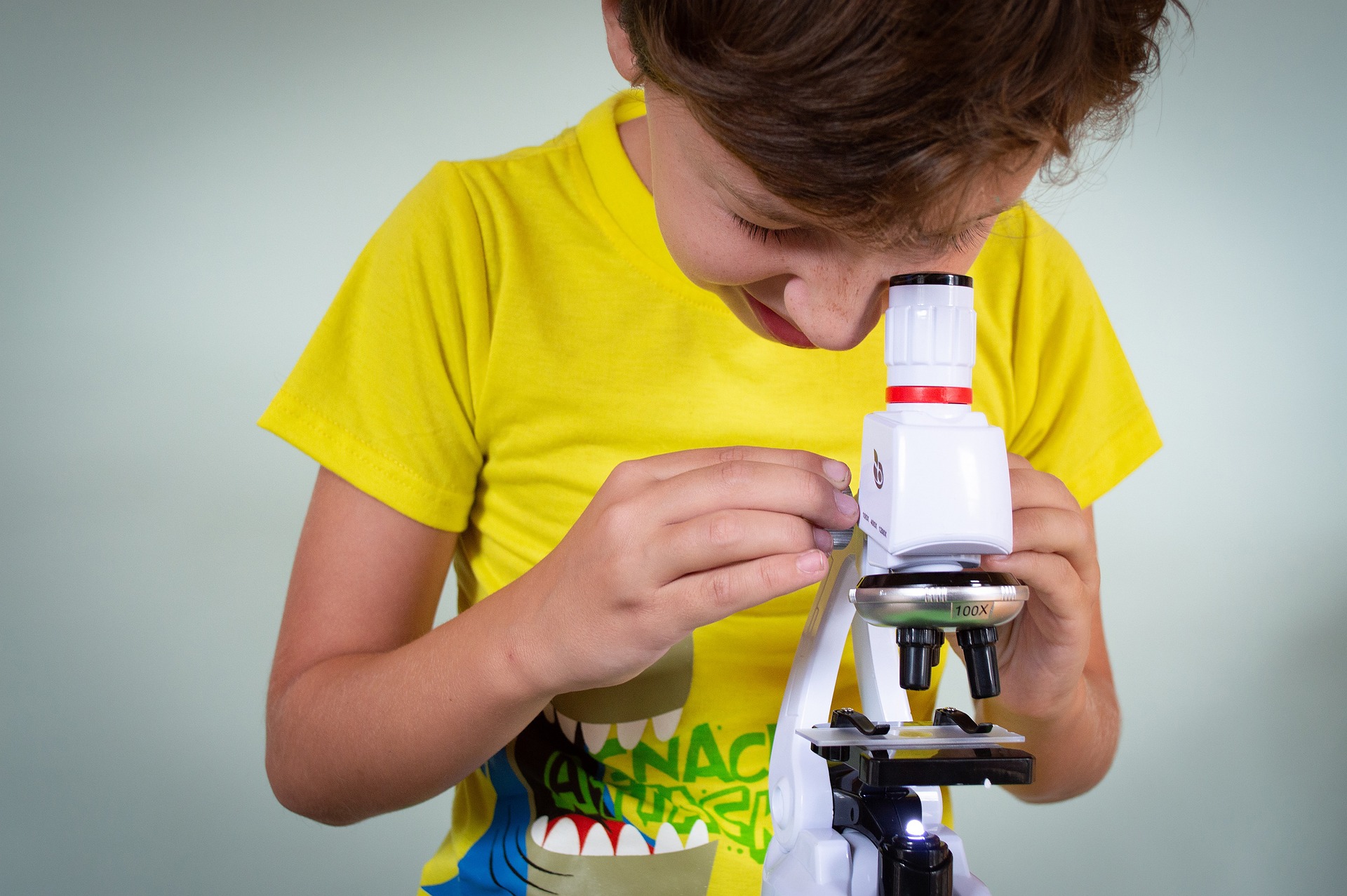Earth and Space Sciences
Vocabulary
A River is made of fresh water that moves on the ground.
A mountain is a part of land that is higher.
A Valley is a part of ground that is lower and is often located between mountains.
A Plain is flat land that spreads out a long way.
An Island is land surrounded by water.
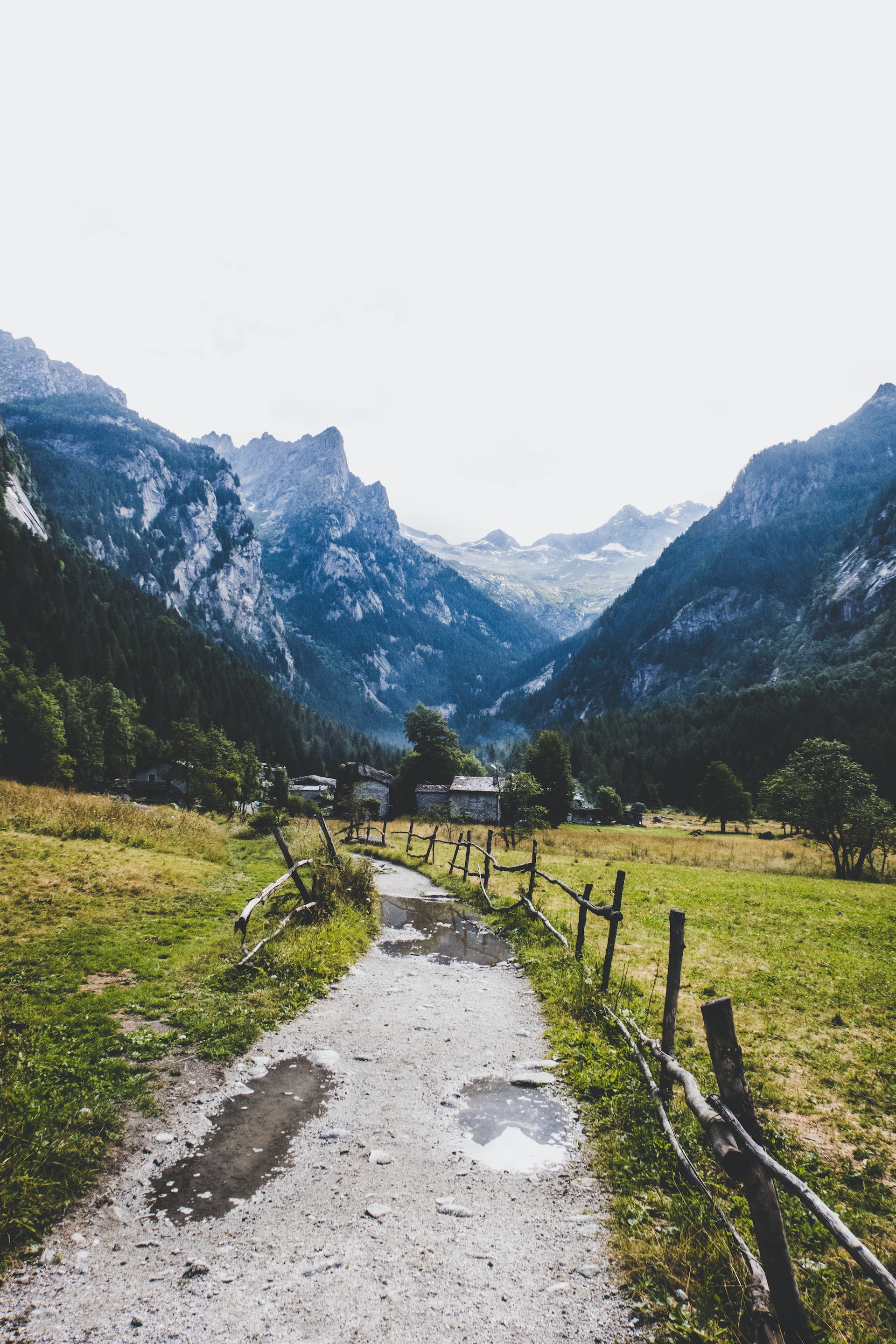
What Earth Looks Like
Land is the solid parts of Earth. There are seven large pieces of land on Earth, called continents.
Most of the earth is covered by water, and water surrounds all continents.
Water in oceans is salty and cannot be used for drinking.
Fresh water is water that does not contain salt. Streams, rivers, and lakes can be made up of fresh water. Streams flow downhill into rivers. Rivers may flow into lakes or oceans.

Rocks and Soil
All rocks are made of minerals. A mineral is a nonliving thing from the earth. Some rocks are made of many minerals. Others are made of only one mineral.
Soil is the top layer of Earth. It is made up of tiny pieces of rocks, dead plants and animals, water and air.
Soil may be clay or sandy. Clay soil holds a lot of water. It feels slippery. Many plants can not grow well in clay soil. Sandy soil holds less water. It feels coarse (rough). Desert plants grow well in sandy soil.
Soils can also be classifed by color. Many soils are brown. Some are red, gray, or yellow.
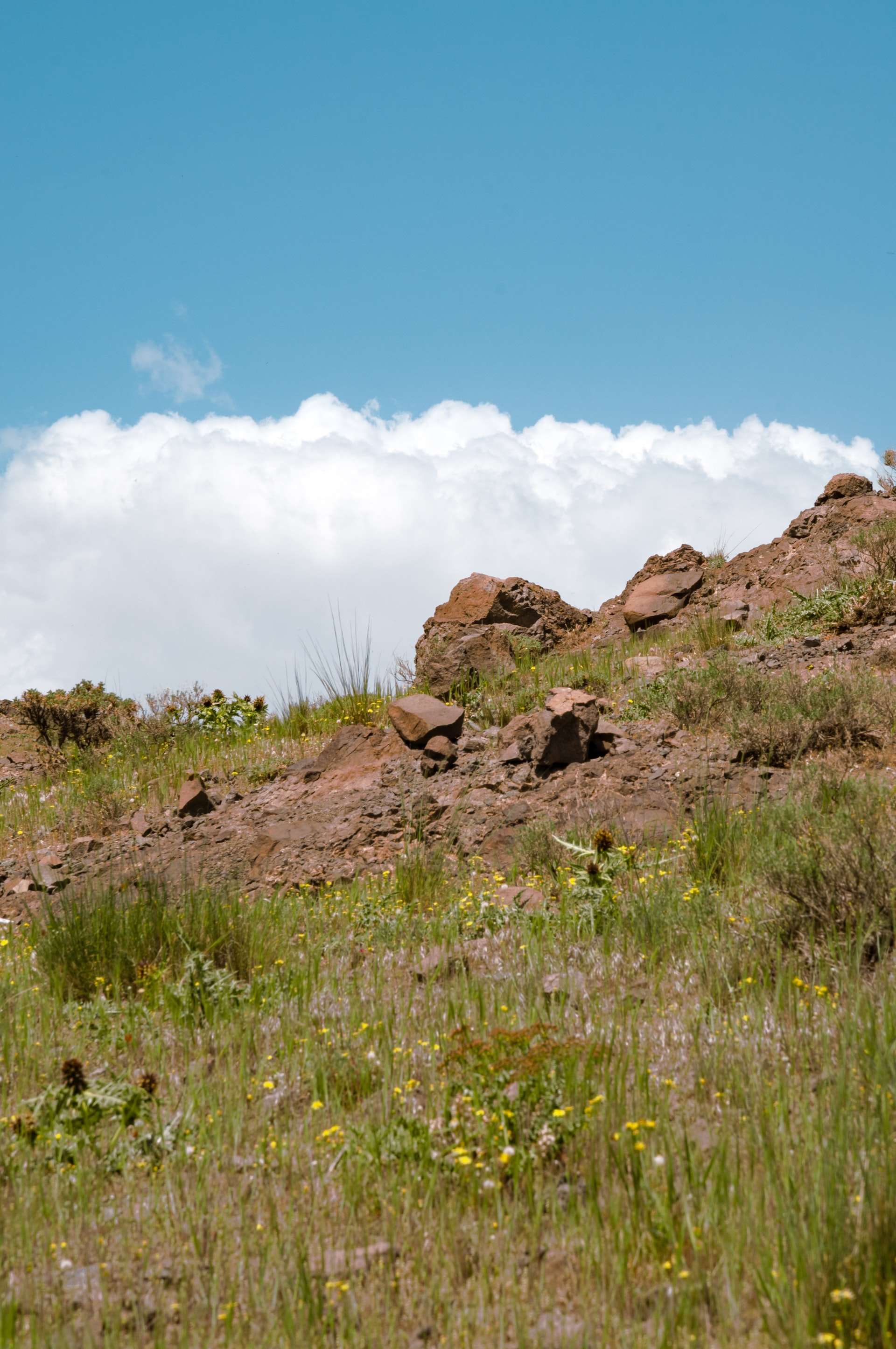
Changing The Land
Water can change the shape and size of rocks? This is called weathering.
Plants can also break rocks. Some plants grow in the cracks of rocks. Sometimes a plant’s roots grow and push against the rock. The cracks slowly get bigger and the rock breaks.
Animals can change Earth. For example, Beavers chew on trees and use the broken trees to make their homes in the water. These broken trees can sometimes block a river.
People can change Earth, too. Sometimes people cut down trees. Sometimes people smooth out the land and build homes or buildings. People may dig new lakes, ponds, and ditches to hold water after heavy rains.
Erosion is when rock and soil are moved by wind or water to a new place.
Plants can reduce erosion because the roots hold soil in place so wind and water can not move it.

Vocabulary
Pollution is the presence of harmful things (such as smoke) in the air, land, or water.
Reuse means to use something again. For example if you use the same shopping bag over and over again when you go grocery shopping.
Reduce refers to using less of something.
Recycle means to make a new thing from an old thing.
Earth's Resources
The things that come from the Earth that people use are called natural resources. People use living and nonliving resources such as animals, plants, rocks, soil and water.
People must be careful not to use up all our natural resources.
Most of the food we eat comes from living things. Forest trees and plants provide fruit, vegetables, and nuts. People use crops such as wheat to make bread, cakes and other products.
Some farm animals, such as cows and goats, provide milk. Hens give us eggs.
Oceans, rivers, and lakes have food such as shrimp, crab, and fish.
Soil is a natural resource. It is important because Plants grow in soil and we need crops and animals for food. Soil can also be used to make things. for example, clay can be used to make pots.
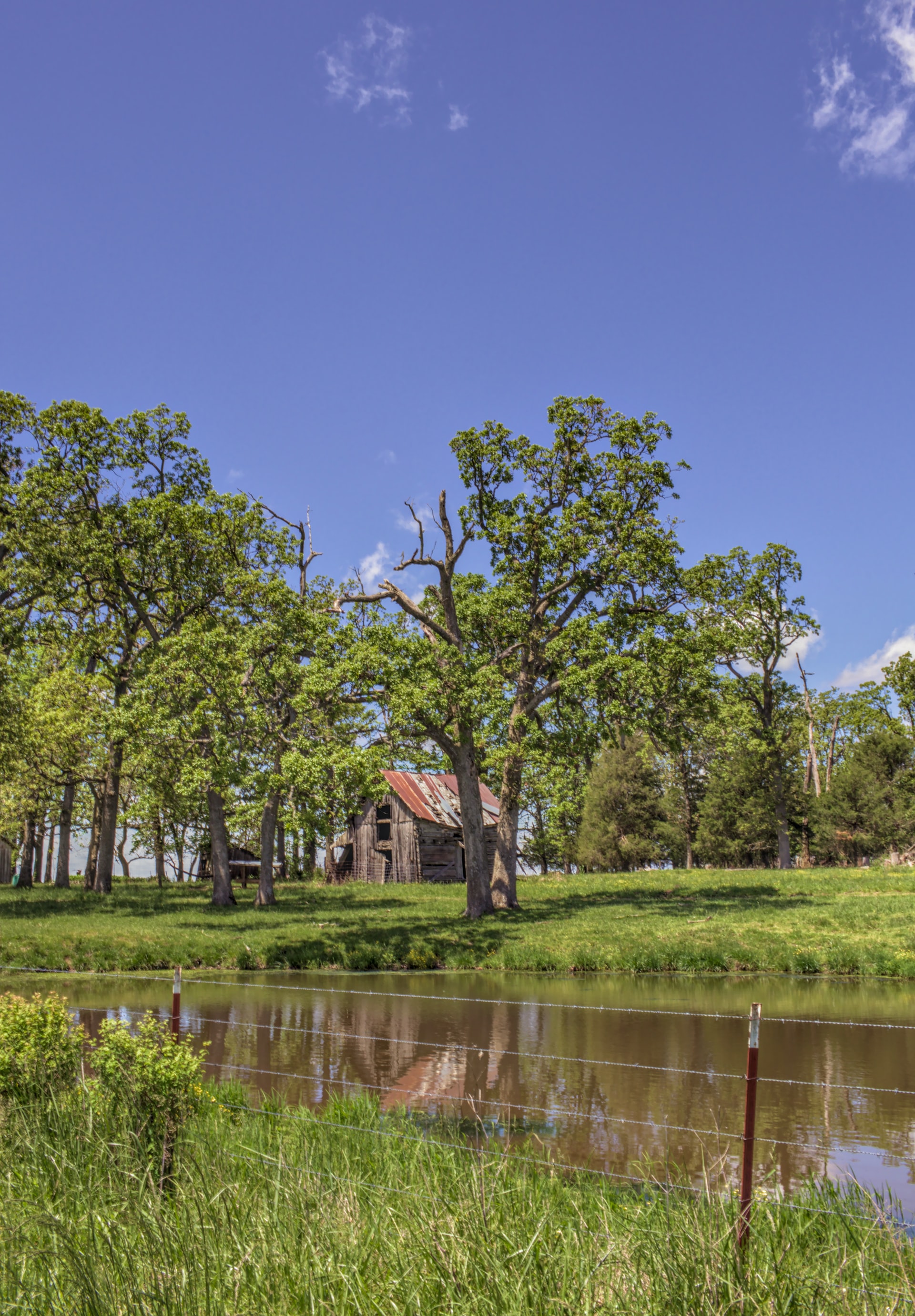
Using Earth's Resources
All living things need water and air to live. Plants need water and air to grow. People use water to wash and play. We also use water to cook and drink. People and animals need air to breathe.
People and other living things can get sick if soil, water, or air are not clean.
Pollution is when there are harmful things in the land, water, or air.
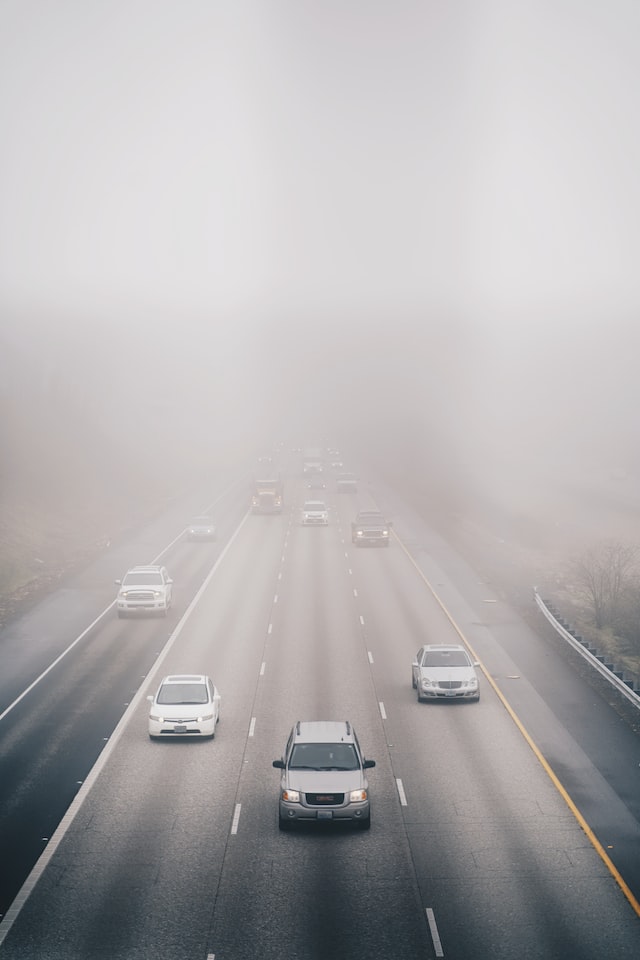
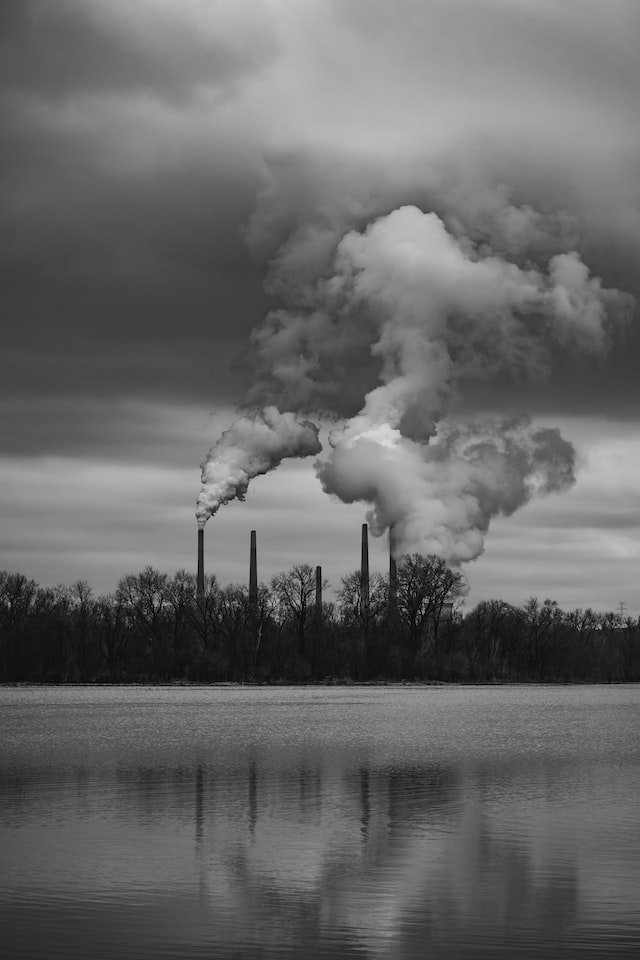

Saving Earth's Resources
It is important to conserve natural resources. To conserve means to save, keep, or protect.
Three of the ways to conserve the natural resources include
- Reuse
- Reduce
- Recycle
To reuse means to use things again in the same, or in a new way.
Reduce means you use less of something. For example, less less water in the bathroom.
To recycle means to make a new thing from an old thing. We can recycle paper to make new paper, or bathroom tissue paper.
House waste that can rot such as left over food and vegetables stalks can be composted.
In most countries, soda cans, milk bottles, juice cans and some other food packages can be reclycled.
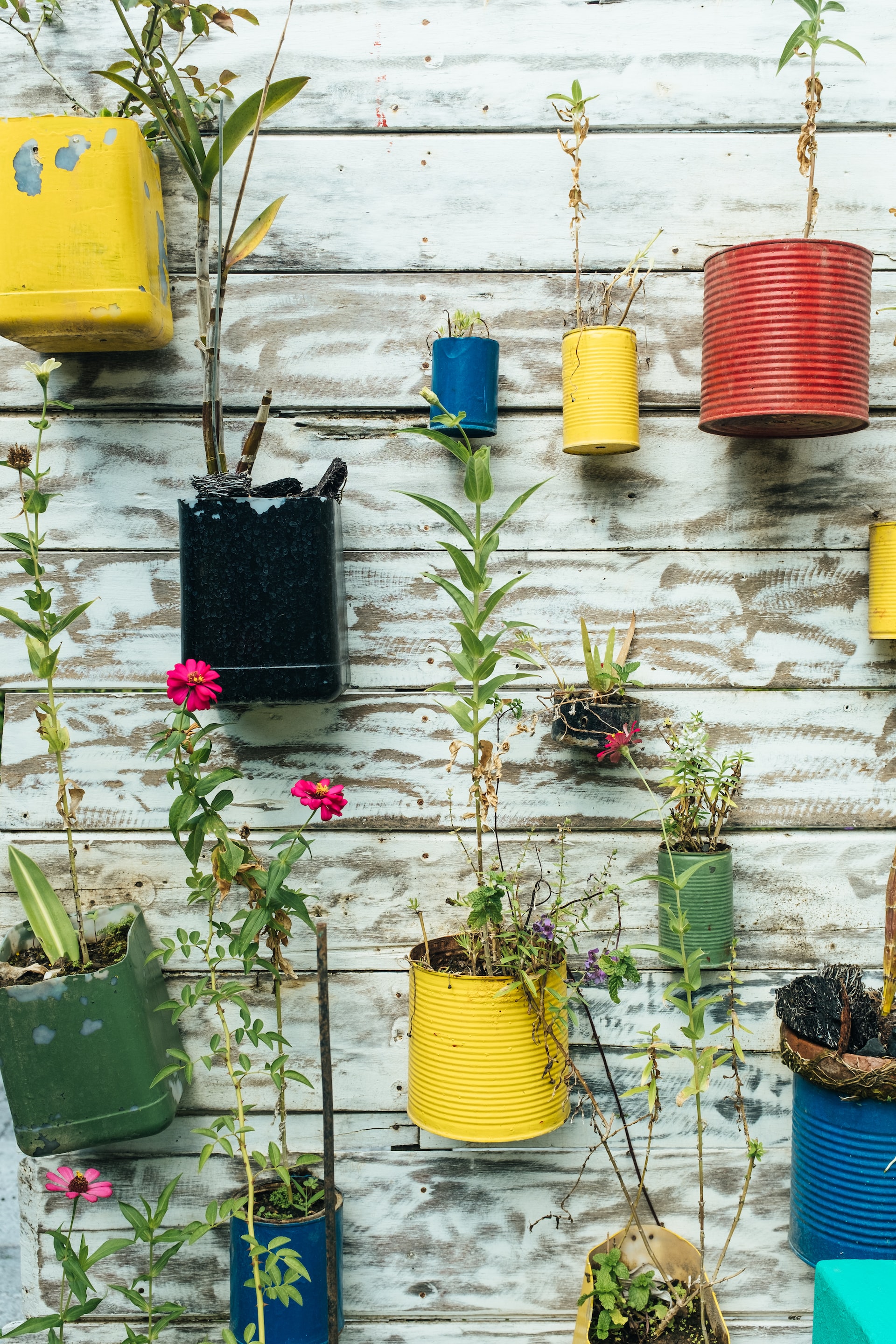
Spring is the season after Winter
Summer is the season after Spring
Fall is the season after Summer
Winter is the season after Fall
Spring and Summer
A season is a time of year and is 3 months long. Spring, summer, fall, and winter are the four seasons.
In spring, there are many hours of sunlight.
Spring starts on March 21 and ends on June 20th. The daylight length is on average 12 hours long.
During Spring, the temperature is increasing, it is getting warmer, plants begin to grow and many animals are born during Spring.
Summer is the season after spring. It is the warmest season. The weather can be very sunny and dry in summer.
Summer begins on June 21, and end on September 20.
The average day length during Summer is close to 15 hours.
Longer days mean plants get sunlight for a long time and so they grow faster. There is usually a lot of feed for animals and food for people. Some plants produce fruits during summer as well.
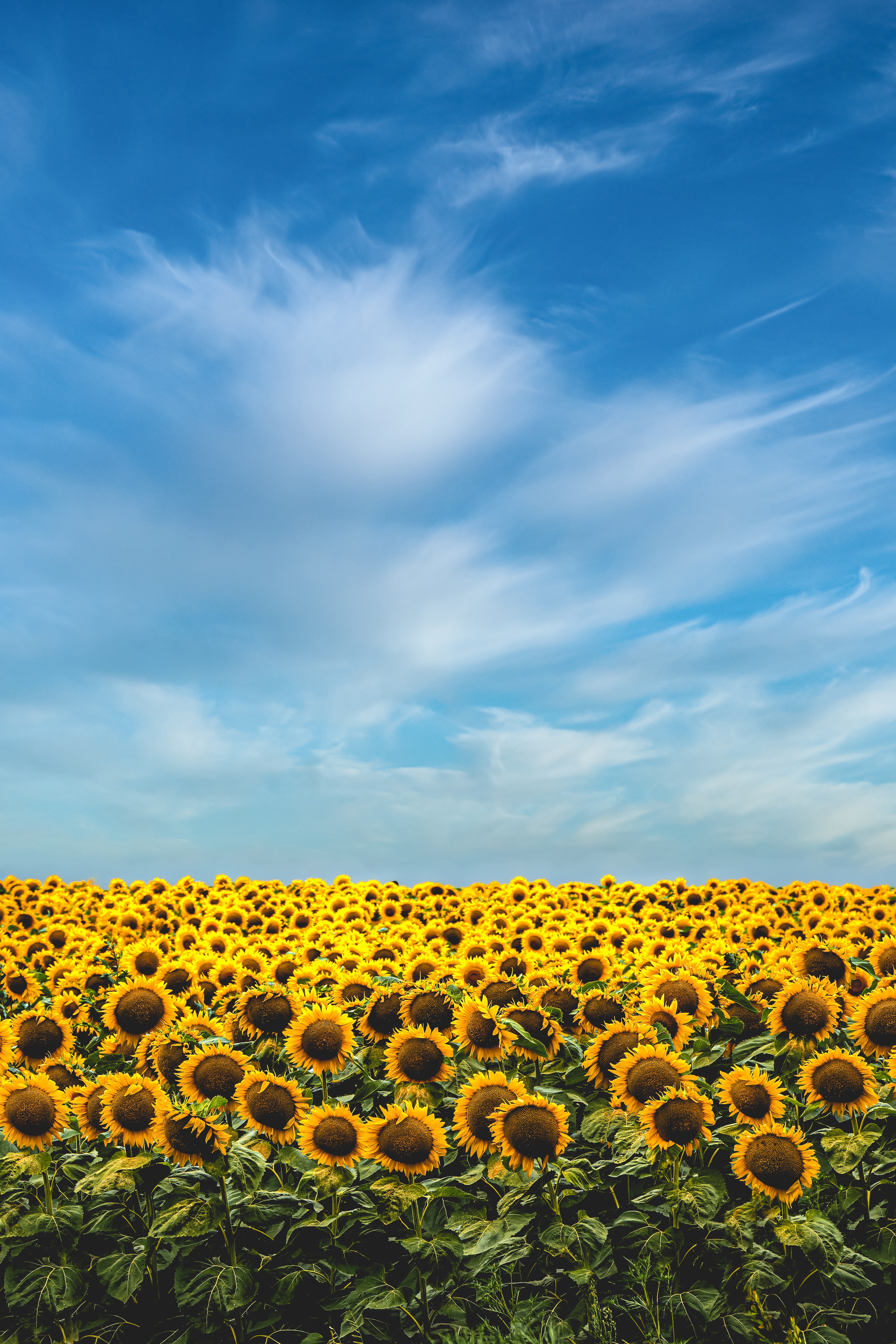
Fall and Winter
Fall is the season after summer. In fall, there are fewer hours of sunlight than in summer. Less sunlight makes the air cooler. Some leaves change color and fall off trees in fall.
Fall begins on September 21 and ends on December 20.
The average day length is 12 hours.
Many fruits ripen in Fall.
In fall animals begin to get ready for winter. Some animals grow thicker fur to keep warm. Some even move to warmer places.
Winter is the coldest season of the year. In winter there are fewer hours of sunlight, the average day length is 9 hours. In some parts of the world, it may snow in winter.
Winter begins on Dec 21 and ends on March 20.
Less sunlight and the cold temperatures make some plants die.
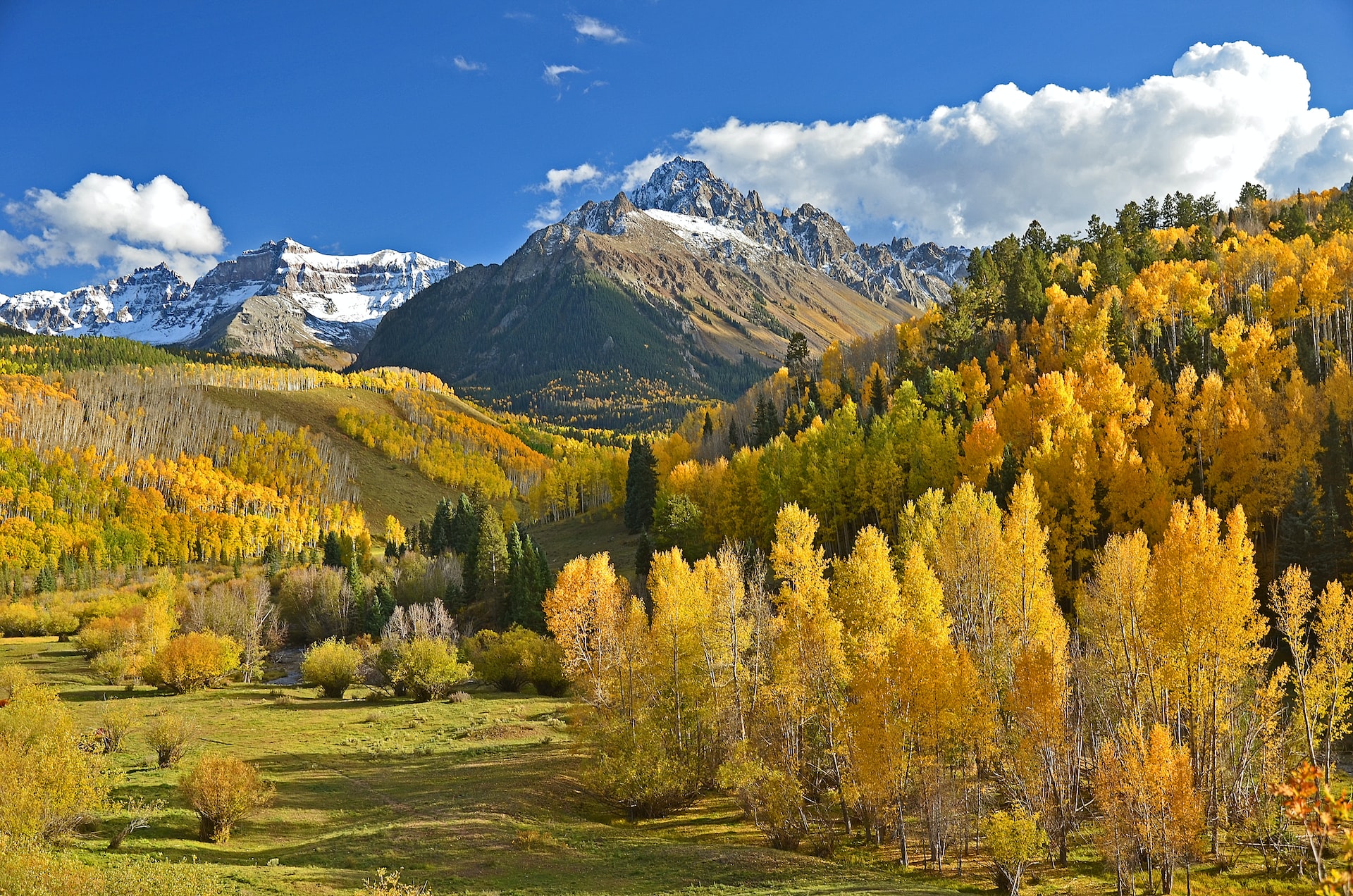
Contact Us
